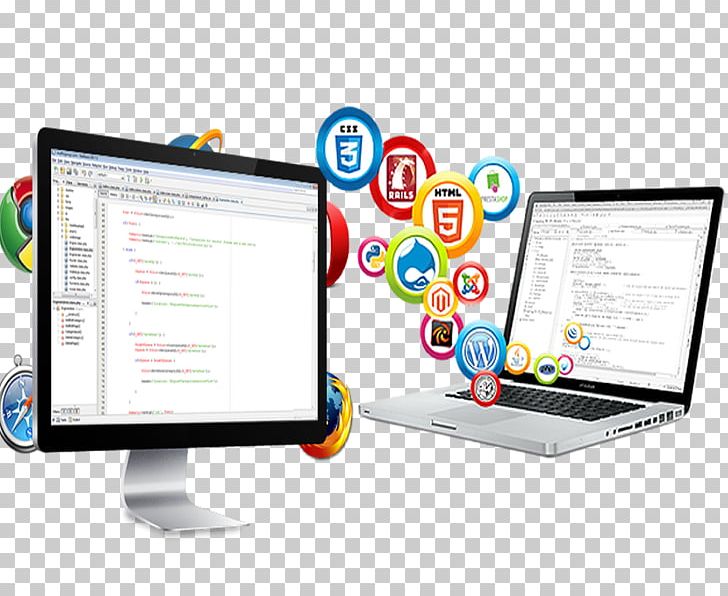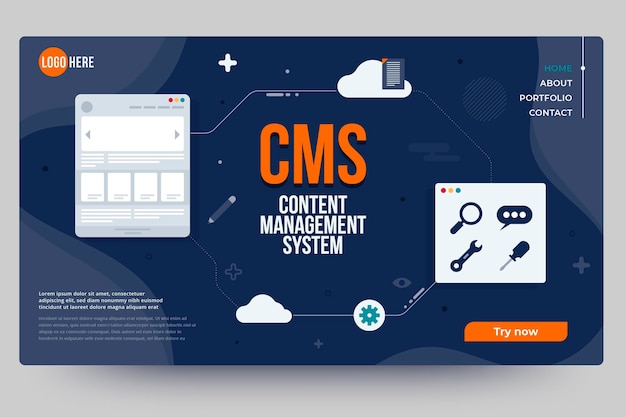

Delegation Some WCMS software allows for various user groups to have limited privileges over specific content on the website, spreading out the responsibility of content management. Other advanced forms of collaboration allow multiple users to modify (or comment) a page at the same time in a collaboration session. Changes can be tracked and authorized for publication or ignored reverting to old versions. Collaboration WCMS software may act as a collaboration platform where many users retrieve and work on content. For example, one or many content creators can submit a story, but it is not published until the copy editor cleans it up and the editor-in-chief approves it. Workflow management Workflow management is the process of creating cycles of sequential and parallel tasks that must be accomplished in the WCMS. Web standards upgrades Active WCMS software usually receives regular updates that include new feature sets and keep the system up to current web standards. Scalable feature sets Most WCMS software includes plug-ins or modules that can be easily installed to extend an existing site's functionality.

Most WCMS software includes WYSIWYG editing tools allowing non-technical users to create and edit content. Easily editable content Once content is separated from the visual presentation of a site, it usually becomes much easier and quicker to edit and manipulate. WCMS sites may be able to create microsites/ web portals within a main site as well. Scalable expansion Available in most modern WCMSs is the ability to expand a single implementation (one installation on one server) across multiple domains, depending on the server's settings. This means an anonymous user (someone not logged on), or a logged on user who is not a member of the group a page is restricted to, is denied access. A page on the site can be restricted to one or more groups. Access control Some WCMS systems support user groups, which control how registered users interact with the site. A WCMS typically has the following features: Automated templates Create standard templates (usually HTML and XML) that users can apply to new and existing content, changing the appearance of all content from one central place.


A WCMS facilitates document control, auditing, editing, and timeline management. Administration is also typically done through browser-based interfaces, but some systems require the use of a fat client.Ī web content management system controls a dynamic collection of web material, including HTML documents, images, and other forms of media. This works best when the WCMS is not changed often but visits happen frequently. Most systems use server side caching to improve performance. Most systems use a content repository or a database to store page content, metadata, and other information assets the system needs.Ī presentation layer ( template engine) displays the content to website visitors based on a set of templates, which are sometimes XSLT files. A WCMS provides the foundation for collaboration, providing users the ability to manage documents and output for multiple author editing and participation. It provides website authoring, collaboration, and administration tools that help users with little knowledge of web programming languages or markup languages create and manage website content. For broader coverage of this topic, see Content management system.Ī web content management system ( WCM or WCMS) is a software content management system (CMS) specifically for web content.


 0 kommentar(er)
0 kommentar(er)
